intra abdominal abscess
Select your preferred language Intraabdominal abscessWhat is an intraabdominal abscess? An intraabdominal abscess is a collection of infected pus or liquid that is surrounded by inflated tissue inside belly. It may involve any abdominal organ. Or it can be established on the folds of the intestine. What causes an intraabdominal abscess? Intraabdominal abscesses sometimes happens on another condition. An example could be appendicitis or diverticulitis. Many cases, however, occur after surgery. Abdominal abs may be caused for a bacterial infection. The most common bacteria to cause them are found in the stomach and intestines. One of them is Escherichia coli (E. coli). If it's not, the bacteria will multiply. They can cause inflammation and kill healthy tissue. Who's at risk for an intraabdominal abscess? Abdominal surgery or trauma may put You're at risk for an intraabdominal abscess. So, also, it can health problems like diabetes or inflammatory bowel disease. What are the symptoms of an intraabdominal abscess? If you've had surgery recently or trauma to an abdominal organ and other risk factors such as diabetes or Inflammatory bowel disease, see signs of an intraabdominal abscess. Common symptoms are: How is intraabdominal abscess diagnosed? If you have symptoms of a Intraabdominal abscess, your healthcare provider may order these tests: How is an intraabdominal abscess treated? Antibiotics can help treat a infection that could lead to an intraabdominal abscess. But once the abscess has developed, antibiotics don't work too. An abscess will often have to be drained liquid to heal. But antibiotics are often given along with draining abscess. The guy. of antibiotic will depend on the severity of your abscess, your age and any other health problems he may have. One way to remove the liquid is through percutaneous drainage. Your healthcare provider guides a needle through the skin to the where the infection is. It's a short procedure. They'll give you a sedative. and a local anesthesia to help you relax and not feel pain while being done. Another way to drain abscess is with surgery. Surgery may also involve fixing the condition that caused abscess in the first place, like an intestine drill. Sometimes more than one operation is necessary. Many times, a drain catheter is left in the abscess cavity after it drains. Your health care team will check it out and Remove it when necessary. Your result will depend on causes his infection and how quickly he sought treatment. The right early treatment can greatly improve the result for people who have intraabdominal abscesses. While you are being treated by a abscess, you may need nutritional support. This can be done by placing a power supply tube. When should I call my healthcare provider? If you've had surgery recently or trauma to an abdominal organ and other risk factors such as diabetes or Inflammatory bowel disease, call your health care provider right away if you have: Key points about an intraabdominal abscess Next steps Tips to help you get the most out of a visit to your healthcare provider: Cedars-Sinai has a range of comprehensive treatment options. Choose a doctor and schedule an appointment. Need help?(1-800-233-2771) Available 24 hours a day (1-800-233-2771) Choose a doctor and schedule an appointment. © 2021 Cedars-Sinai. All Rights Reserved. A 501(c)(3) non-profit organization

Photoclinic: Postoperative Intra-abdominal Abscess | Consultant360
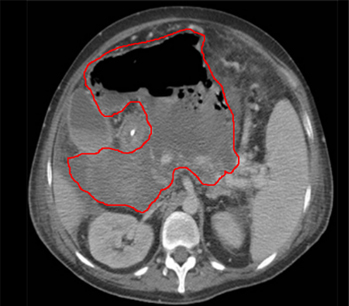
Intra-abdominal abscess - Symptoms, diagnosis and treatment | BMJ Best Practice US

Intra-Abdominal Abscesses - Gastrointestinal Disorders - MSD Manual Professional Edition
New Page 1

Intra-abdominal abscess after appendectomy | Radiology Case | Radiopaedia.org
New Page 1

Abdominal CT finding. An intra-abdominal abscess is seen around the... | Download Scientific Diagram

Current Strategies in the Management of Intra-abdominal Abscesses in Crohn's Disease - Clinical Gastroenterology and Hepatology
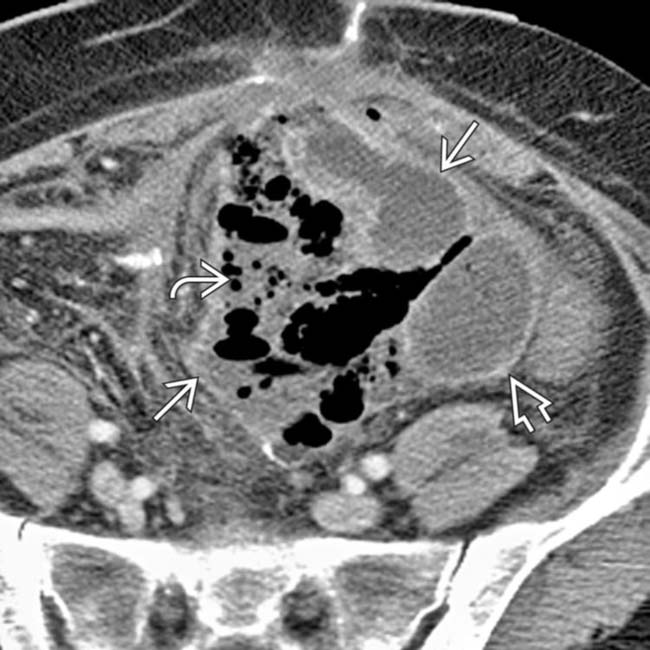
Abdominal Abscess | Radiology Key
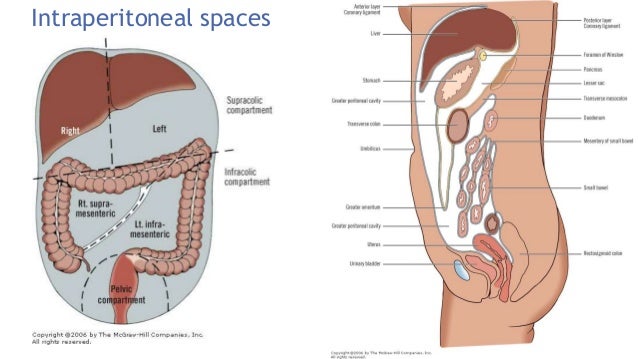
Intra abdominal abscess
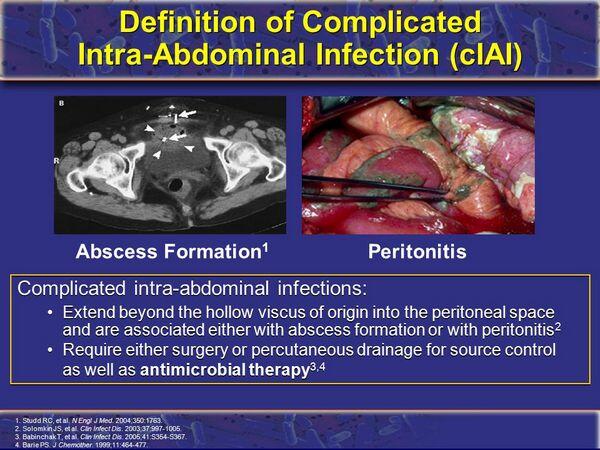
Intra-abdominal Infections - Intra-abdominal Infections - AntiinfectiveMeds.com

Intra-abdominal abscess - CT scan: MedlinePlus Medical Encyclopedia Image
The cost effectiveness and utility of a "quick MRI" for the evaluation of intra-abdominal abscess after acute appendicitis in the pediatric patient population - Journal of Pediatric Surgery

Early events in the initiation of intra-abdominal abscesses after... | Download Scientific Diagram
emDOCs.net – Emergency Medicine EducationIntra-abdominal Abscess – Pearls and Pitfalls - emDOCs.net - Emergency Medicine Education
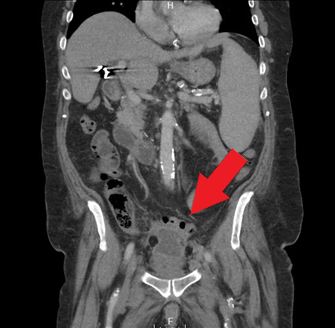
Pelvic Abscess with Presentation as Inability to Ambulate | Published in Spartan Medical Research Journal

Figure 4 from CT-guided Intra-abdominal Abscess Drainage. | Semantic Scholar

Fish bone-related intra-abdominal abscess in an elderly patient - International Journal of Infectious Diseases
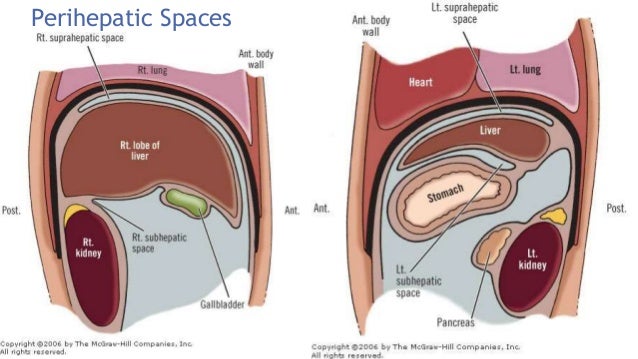
Intra abdominal abscess
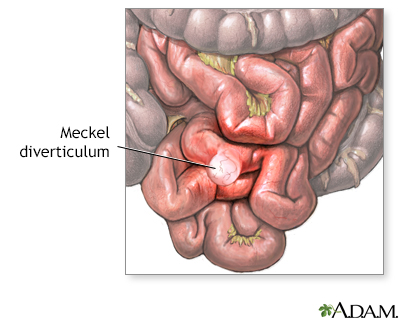
Abscess - abdomen or pelvis Information | Mount Sinai - New York
Abscess (Intra-Abdominal)

Figure 2 from Review of Intra-Abdominal Abscess in Crohn's Disease | Semantic Scholar

Abdominal Abscesses - Digestive Disorders - Merck Manuals Consumer Version
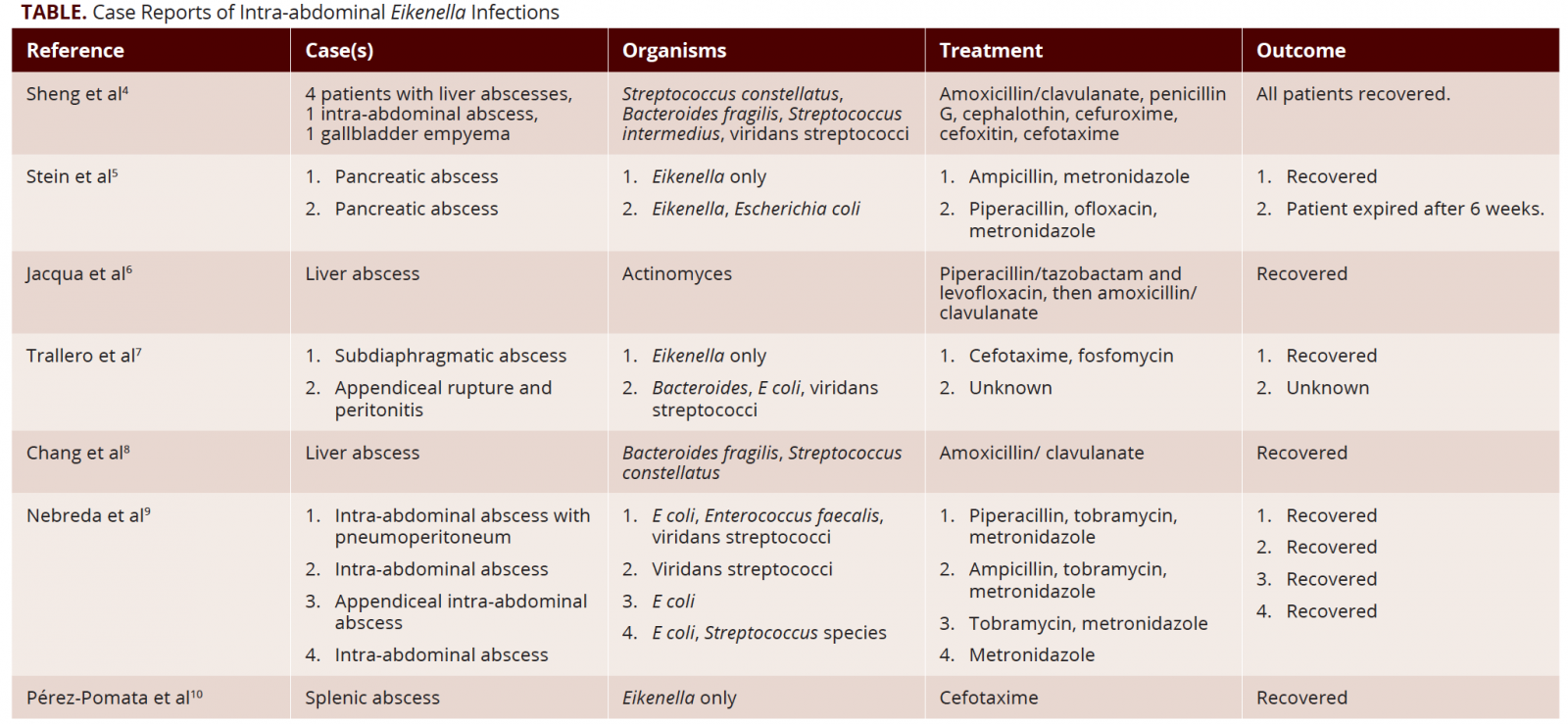
Intra-abdominal Infection With Eikenella corrodens in a Woman With Ovarian Cancer

Clinical infectious diseases: Abdominal infections

Current Status of the Open Abdomen Treatment for Intra-Abdominal Infection

Case 3 -No evidence of intra-abdominal abscess. The thin, linear,... | Download Scientific Diagram
New Page 1
Abscess (Intra-Abdominal)

Intra abdominal abscess - ruptured appendix - laparoscopic surgery - YouTube
Current management of spontaneous intra-abdominal abscess in Crohn's disease

Perforated Gastric Ulcer with Intra-abdominal Abscess - JETem

Abdominal Abscess: A Major Pain in the Tummy

Figure 3 from Review of Intra-Abdominal Abscess in Crohn's Disease | Semantic Scholar

Intra-abdominal infections
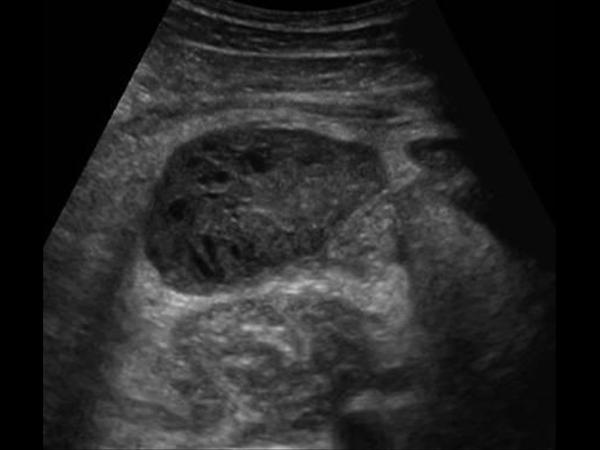
Abdomen and retroperitoneum | 1.11 Abdominal wall : Case 1.11.3 Abdominal wall inflammatory lesions | Ultrasound Cases
Secondary Peritonitis and Intra-abdominal Abscess: Hospital Practice: Vol 25, No 5
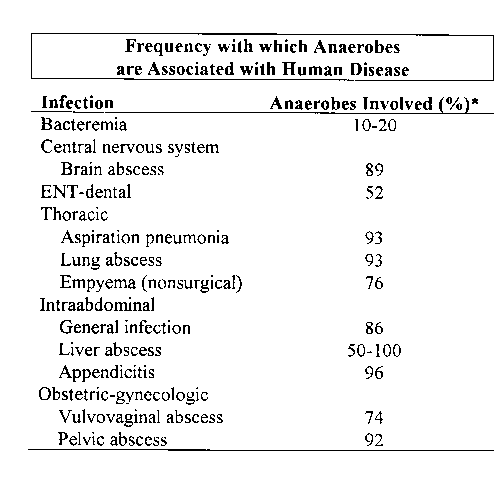
The Anaerobic Abscess
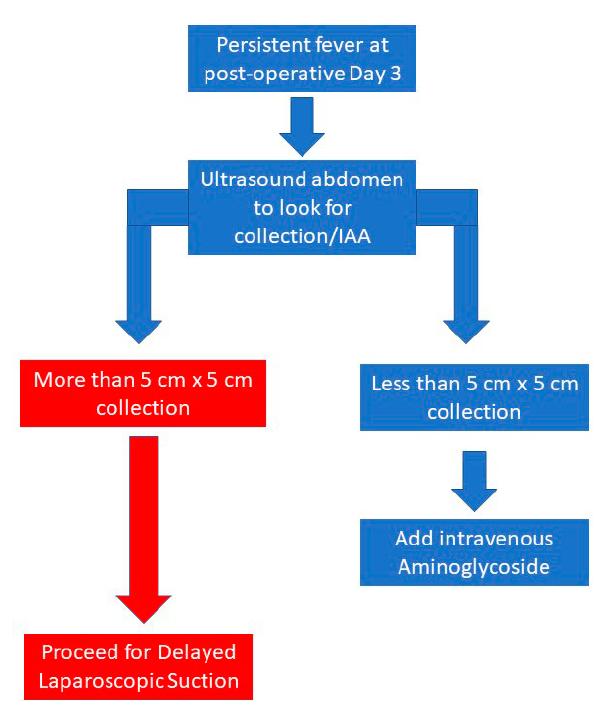
The role of delayed laparoscopic suction for intra-abdominal collection or abscess post appendectomy in paediatric patients: case series and review of literature

Imaging of gossypiboma. a CT imaging of gossypiboma which was... | Download Scientific Diagram
Posting Komentar untuk "intra abdominal abscess"